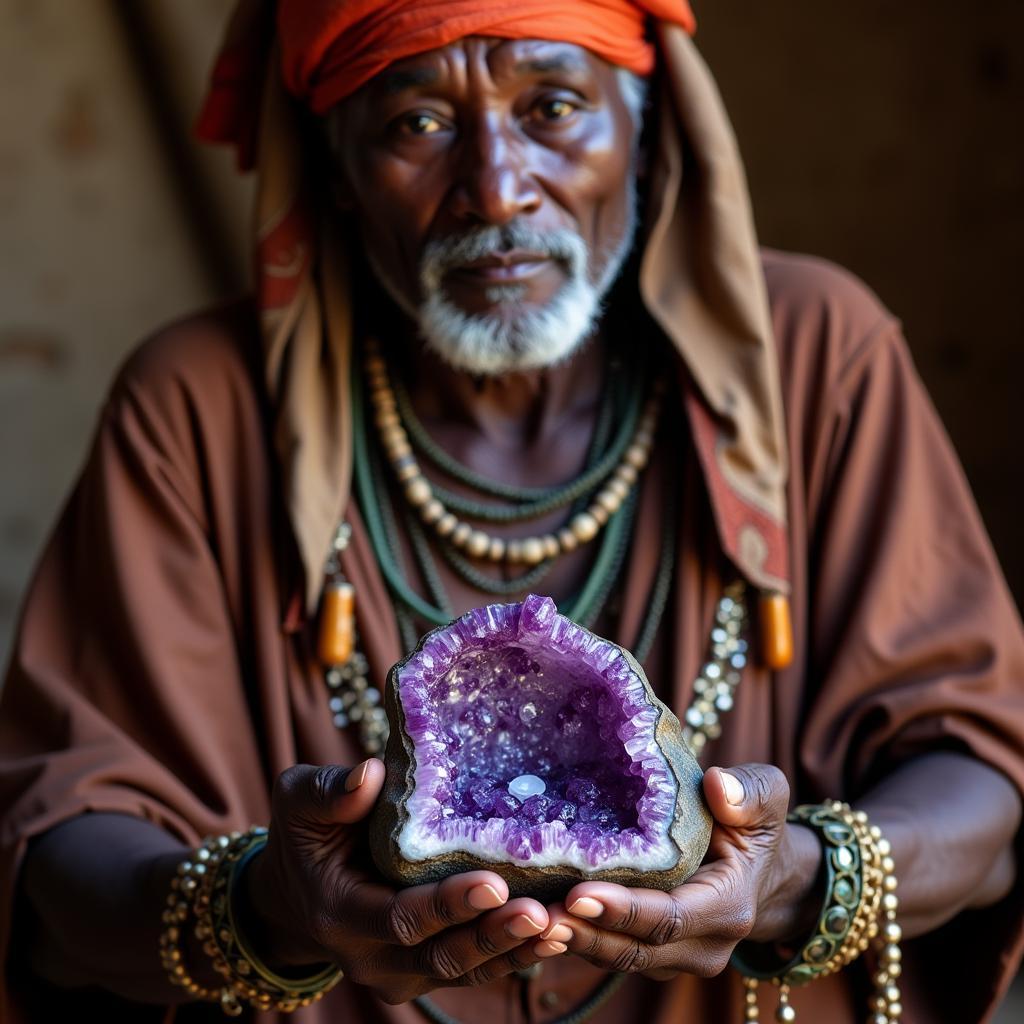African Sleeping Sickness Symptoms: A Comprehensive Guide
African Sleeping Sickness Symptoms can be subtle at first, making early diagnosis challenging. This guide provides a detailed overview of the disease, its stages, symptoms, diagnosis, and treatment options.
Understanding African Sleeping Sickness
African sleeping sickness, also known as Human African Trypanosomiasis (HAT), is a parasitic disease transmitted by the bite of the tsetse fly. This debilitating illness affects communities primarily in rural areas of sub-Saharan Africa. Understanding the early african sleeping sickness symptoms is crucial for timely intervention and improved patient outcomes. You can learn more about where it’s most prevalent at african countries sleeping sickness. The disease occurs in two stages, each presenting distinct symptoms. Recognizing these stages and their associated symptoms is paramount for effective management.
Stage 1: The Haemolymphatic Phase
The initial stage, known as the haemolymphatic phase, is marked by the parasite’s presence in the blood and lymph systems. Symptoms during this phase can be nonspecific and often mimic other common illnesses. Fever, headaches, joint pains, and itching are common occurrences. Swollen lymph nodes, particularly in the posterior cervical region (Winterbottom’s sign), can be a key indicator of infection. However, this symptom is not always present, further complicating diagnosis.
“Early diagnosis is key,” emphasizes Dr. Aboubacar Soumah, a leading infectious disease specialist at Donka Hospital in Conakry, Guinea. “The earlier we can identify and treat the disease, the better the chances of a full recovery.”
Stage 2: The Neurological Phase
As the disease progresses to the second stage, also known as the neurological phase, the parasites cross the blood-brain barrier and invade the central nervous system. This stage presents more severe and debilitating symptoms. Changes in behavior, confusion, and poor coordination become increasingly apparent. The hallmark symptom of this stage is the disruption of the sleep-wake cycle, hence the name “sleeping sickness.” Individuals experience excessive daytime sleepiness and insomnia at night. Without treatment, this stage can lead to coma and ultimately, death. Learn more about how african sleeping sickness is transmitted by the tsetse fly.
“The neurological symptoms can be devastating,” states Dr. Fatima Mumba, a neurologist working in Zambia. “Early detection and prompt treatment are crucial to prevent irreversible neurological damage.”
Diagnosis and Treatment of African Sleeping Sickness
Diagnosing African sleeping sickness involves microscopic examination of blood, lymph node fluid, or cerebrospinal fluid to detect the presence of trypanosomes. Early diagnosis is essential for effective treatment and improved patient outcomes. You can find more resources on this topic here: african trypanosomiasis pdf. Several medications are available to treat African sleeping sickness, and the choice of treatment depends on the stage of the disease and the specific parasite involved. Learn more about available treatment options: african trypanosomiasis treatment.
Conclusion
African sleeping sickness symptoms, while initially subtle, can progress to severe neurological complications. Early detection and prompt treatment are crucial for preventing irreversible damage and ensuring a positive outcome. Understanding the disease, its transmission, and its symptoms can empower individuals and communities to seek timely medical attention. If you suspect you may have been exposed to the tsetse fly, it’s crucial to consult a healthcare professional immediately. While African sleeping sickness is a serious illness, it is treatable with appropriate medical care. It is also important to be aware of other african bug bite diseases if you are traveling to the region.
FAQ
-
What are the initial signs of African sleeping sickness?
- Initial signs can include fever, headaches, joint pains, itching, and swollen lymph nodes.
-
How is African sleeping sickness diagnosed?
- Diagnosis involves microscopic examination of body fluids to detect the presence of trypanosomes.
-
Is African sleeping sickness curable?
- Yes, with prompt and appropriate medical treatment.
-
How can I protect myself from African sleeping sickness?
- Protective clothing and insect repellent can help minimize the risk of tsetse fly bites.
Other questions or related articles:
- What are the long-term effects of African sleeping sickness?
- How does climate change impact the spread of tsetse flies?
- Are there any vaccines available for African sleeping sickness?
For further assistance, please contact us at:
Phone: +255768904061
Email: [email protected]
Address: Mbarali DC Mawindi, Kangaga, Tanzania.
Our customer care team is available 24/7.
